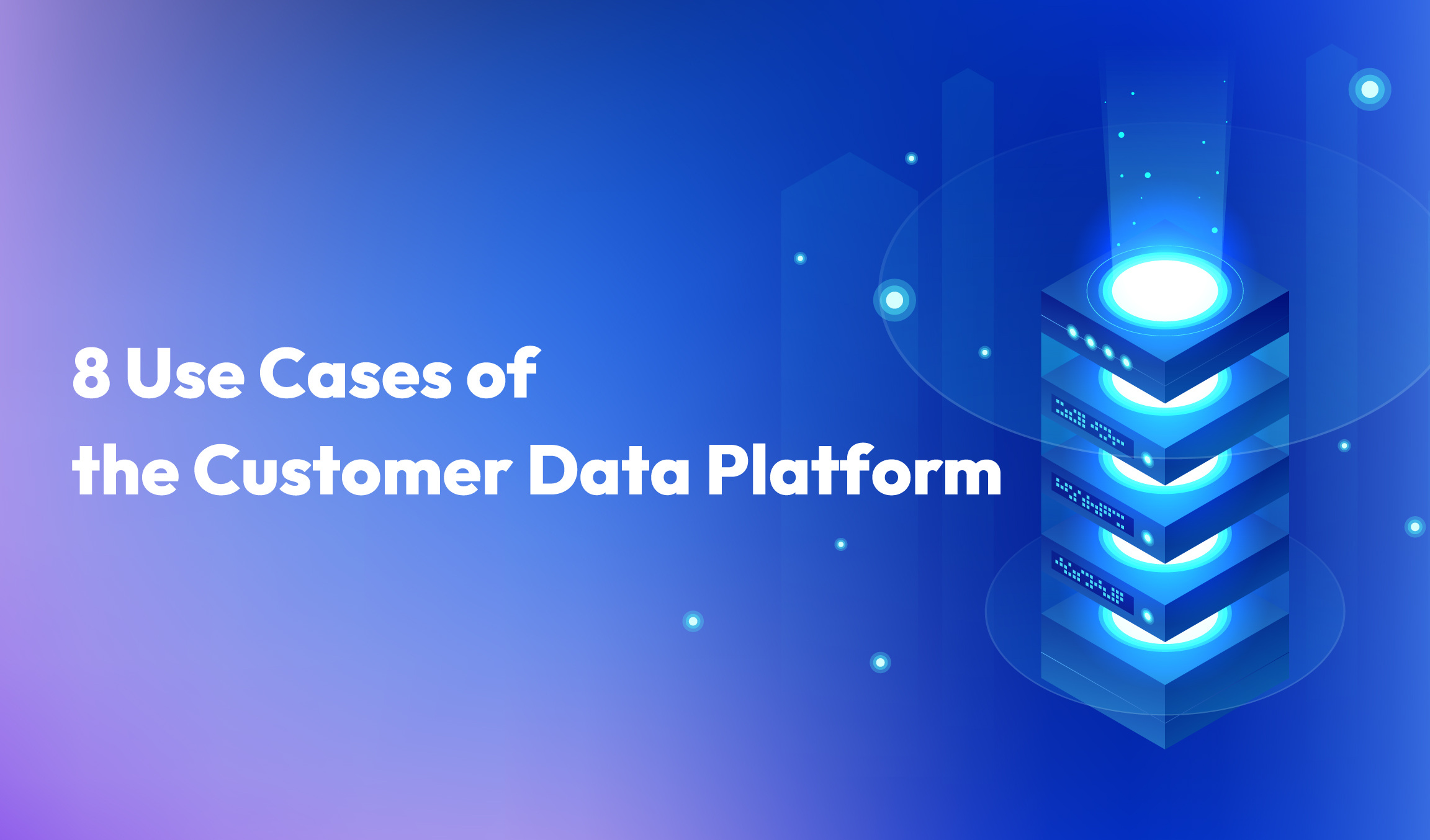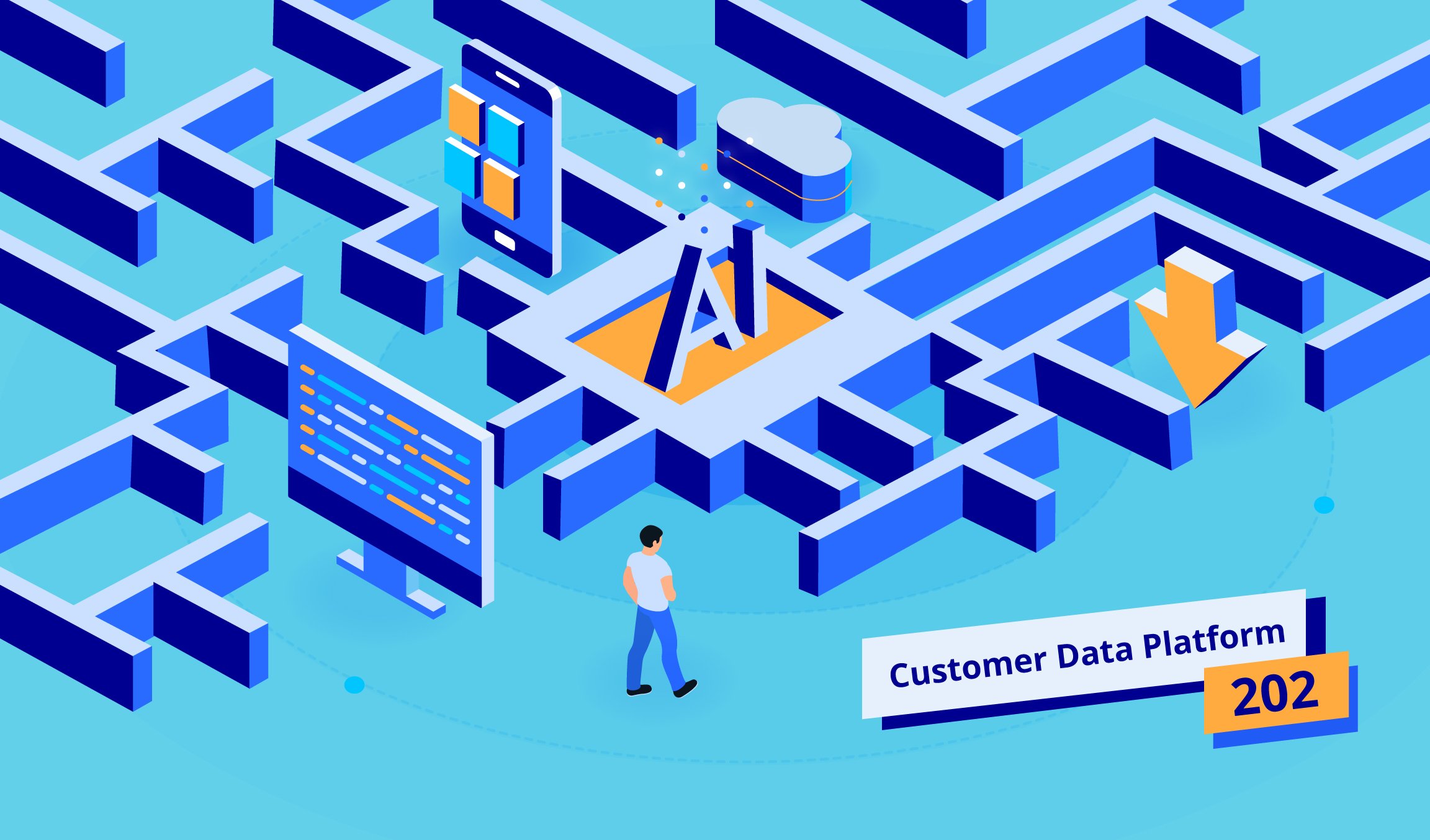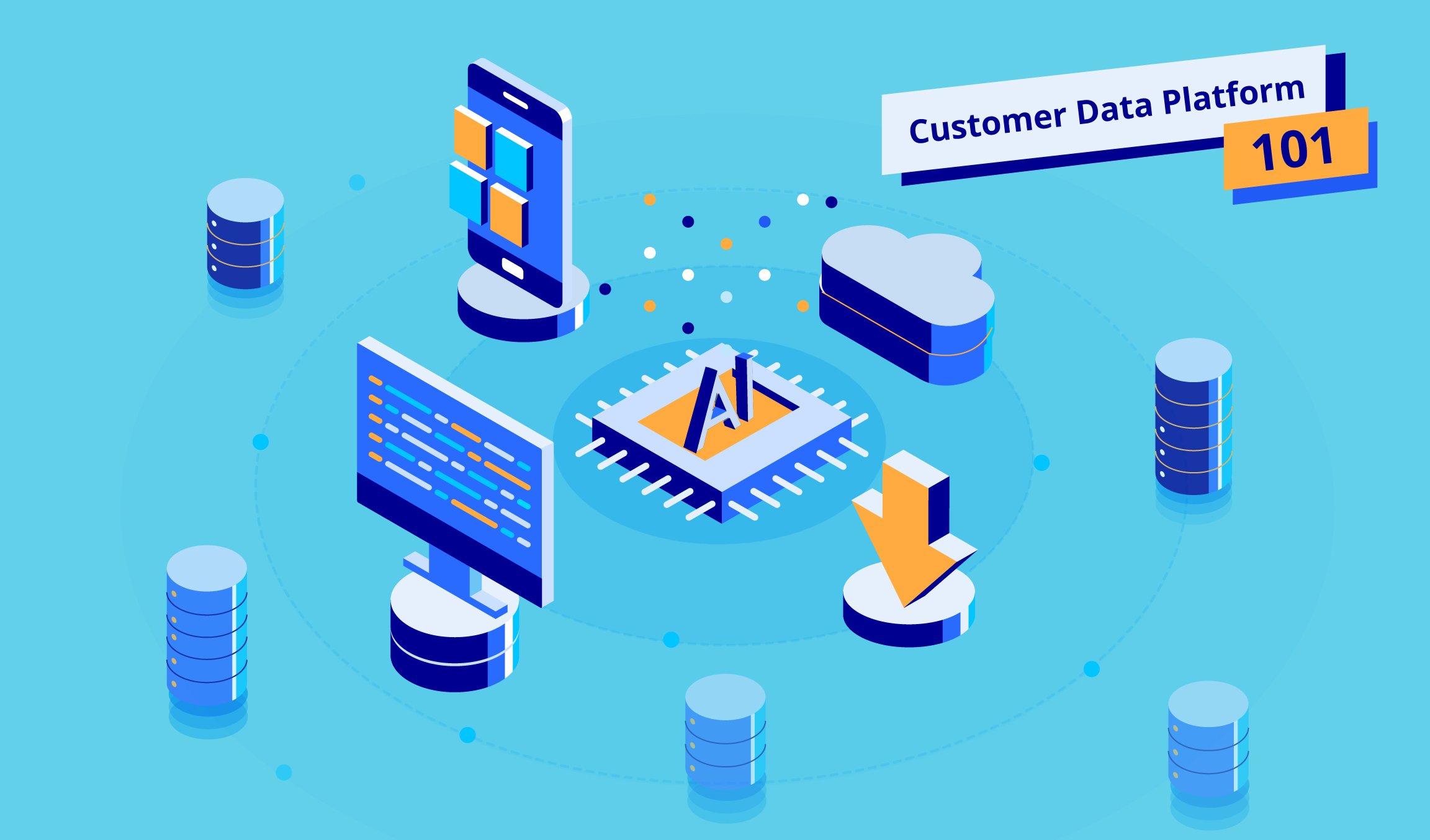5 min read
Artificial intelligence (AI) has enormous potential to help you grow a business. It has the power to automate tasks and tap into the power of big data, boosting innovation, insight and decision making. So how can your organization harness its power and reap its many rewards? By becoming an AI-driven enterprise, and putting AI at the heart of everything you do. If that sounds like a tall task, then read on, as we will explain exactly what it means, how you go about it, the challenges you will face and how to overcome them.
Hey Siri, Build Me a Business Empire: What AI Can Do for Your Enterprise
Most people might know AI from its consumer uses such as personal assistants like Apple’s Siri and Amazon’s Alexa. So how can the same technology help a business achieve its goals? In other words, what exactly is an AI-driven enterprise?
“An AI-driven enterprise is one that continuously leverages data and AI techniques to grow and improve its business,” says Charles Ng, VP of AI Enterprise at Appier. “This requires a strong data infrastructure, a data-driven decision-making mindset and a willingness to experiment.”
AI can help with practically all aspects of a business, from increasing productivity and minimizing errors, to freeing up human workers’ creative potential, pursuing new markets and optimizing internal business operations. Those in the know can see the many benefits. Seventy-eight percent of business leaders claim they could save 360 hours a year through AI-enabled automation, according to the ‘ WorkMarket 2020 In(Sight) Report: What AI & Automation Really Mean for Work ’ . And it is not just the bosses who are keen. Fifty-three percent of employees estimate AI-enabled automation could save them 240 hours a year.
Despite this, investments in AI – while significant – remain nascent. According to the report ‘ Accelerate Digital Transformation With Artificial Intelligence in Asia Pacific: A Forrester Study ’, firms across Asia Pacific have yet to realize the true potential of AI capabilities. While the majority of firms are using AI to enhance areas of their businesses like security and data privacy, far fewer firms are using it to improve customer experience. Only 51 percent are investing in AI to improve the customer view across digital channels, while only 49 percent are converting insights into actions by building data-driven AI applications. This is a huge lost opportunity.
Putting It Into Practice
So, how do you go about making your enterprise AI-driven? It all starts with how you manage your data.
“The first step is to ensure that your data is well managed, and easily accessible,” says Ng. “Challenges here include how to unify disparate data sources, what technologies I should use to handle the large amounts of data that my company generates, and how I allow people to easily access the right data to generate the insights they need and power the models they want to build.”
A sophisticated data strategy is key. The more data you feed an AI algorithm, the quicker it will learn, so you need to lay your hands on a high volume of high-quality data. Then you will start getting more valuable, actionable insights sooner.
It is vital to familiarize yourself with the current technologies available, what they offer and what the next innovations are likely to be, both short- and long-term. You should also know your company’s pain points and how the relevant technologies can address them. Are you looking for a higher ROI? To instill brand loyalty? Maybe your goal is to take control of the customer journey by improving your cross-screen marketing and reaching customers at different touchpoints. You need to know what you want to achieve and how AI can help you do so.
According to Ng, this could require a cultural change within the organization.
“Changing the company’s mindset is important,” he says. “Historically in many companies, important decisions are based on gut feeling. It is important to introduce a data-driven culture where decisions are metrics- and results-driven. This change should be driven by upper management.”
Embracing trial and error is also key, as is an open mind as to how to go about tasks. “AI comes hand in hand with experimentation,” he says. “Sometimes a certain model or approach might not yield the expected results. There are many reasons why this could be the case – sometimes the AI models did not consider certain real-life or business constraints; or sometimes the required data is not available when training the model. It is important to have an agile and flexible team that is willing to learn, adjust and modify their approach.”
This last point alone can be a huge challenge for many organizations unwilling to change how they operate.
Maximum Bang for Buck: How to Maximize Your AI Investment
To benefit the most from AI, you should focus your investment on areas that bring the most business potential. AI gives you an unprecedented opportunity to gain insights into customers and operations. To accelerate digital transformation, you should make big data-based AI platforms a strategic priority. Don’t have AI experts and data scientists on your team? Work with partners who offer both off-the-shelf solutions and comprehensive vertical experiences.
Whoever your specialists are, they should “communicate the results of AI to the business in easily understandable terms,” Ng says. By making clear the benefits of AI to all areas of the business – from regulatory compliance to predictive analytics across the customer lifecycle – you will create an environment in which AI becomes woven into the DNA of everything you do. Only then can you take the lead in digital innovation.
AI can seem like a daunting business proposition, and putting it at the heart of a business’ operations can take some upheaval. But its advantages are legion. As Ng says, “Data and AI techniques will not be going away anytime soon, so adopting AI will become a strong, if not necessary, competitive edge for businesses.”



